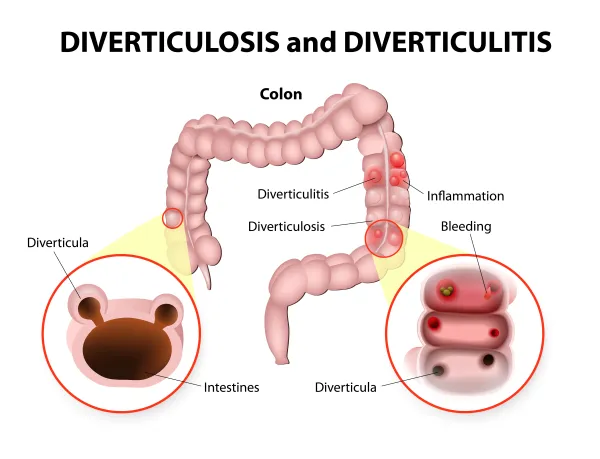Spotlight General Surgery Billing Errors from CERT Report
See specific documentation pitfalls. Medicare Part B claims showed nearly a 3 percent error rate increase, according to the 2020 Medicare FFS Supplemental Improper Payment Data as part of the Comprehensive Error Rate Testing (CERT) program. Read on to see how surgery practices fared in the analysis and what you can do to avoid similar errors. Basis: Centers for Medicare & Medicaid Services (CMS) recently released the 2020 CERT data, which show Medicare Part B’s portion of the improper payment rate at 32.8 percent of the overall amount — a significant increase from the 2019 rate of 29.9 percent. The CERT report offers more statistics on claims errors broken down by specialty, including what caused improperly paid charges. Look at the Overall Numbers A myriad of corrective actions contributed to CMS’ efforts to circumvent incorrect coding and cut error rate numbers. The feds estimate improper payments at $25.74 billion for FY 2020 with a 6.3 percent improper payment rate. This is a major drop from FY 2019’s statistics, which included a 7.25 percent error rate and $28.91 billion in improper payments. Why do these numbers matter? “The CERT program is designed to determine if Medicare contractors are processing and paying claims correctly,” notes Part B Medicare Administrative Contractor (MAC) NGS Medicare in online guidance. Plus, the feds track errors and offer educational programming from the CERT results. “CERT is an excellent program that provides extremely helpful information for physicians,” says Christina Neighbors, MA, CPC, CCC, coding quality auditor for Conifer Health Solutions, Coding Quality & Education Department. See particulars: With a 10.7 percent error rate, general surgery claims were worse than the overall 6.3 percent figure and accounted for a projected $112.2 million in improper payments. More than 75 percent of the general surgery errors were due to insufficient documentation, according to the report. Avoid These Coding Errors In Figure 2 of the CERT report, CMS highlights the various issues that hiked up the error rate. The pie chart points to the following documentation problems. Remembering that the physician’s documentation is key to supporting every code level is essential, says Terri Tamez, CPC, CEO of Phoenix Coding and Consulting Service. “Remember, the chart reviewer cannot assume why [the provider] ordered certain tests. Coders cannot interpret, infer, or imply why any treatment or tests are ordered.” Resource: You can access the full CERT report at www.cms.gov/files/document/2020-medicare-fee-service-supplemental-improper-payment-data.pdf.





